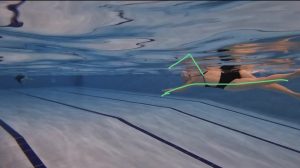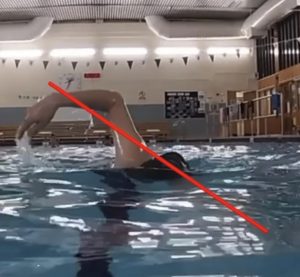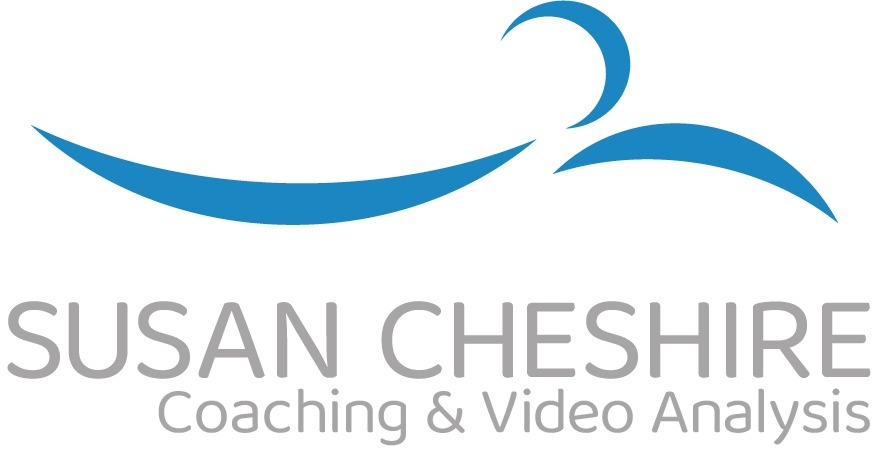The Power of Visuals and Video Analysis
Whether you are learning from scratch or looking to improve your existing stroke. The power of a visual, be it a live demonstration or video demonstration, including video of your own swimming is vital to your perception, understanding and ongoing progress.
To improve your understanding it is important see that any flaw in your stroke is because something caused it to happen, for every action there will be equal and opposite reaction.
To fix these flaw requires you to identify the cause and address the issue, flat that can’t always be seen in real time, but require video and the ability to watch in slow motion to help highlight the root cause.
All private lessons and workshops include video analysis, the Prep children at Bancroft’s School receive progressive video demonstrations to help with their understanding, this wonderful and effective use of technology allows for visualisation and instant feedback, for private lessons annotated voice-over recordings are shared with you for you to keep following the lesson.
The video analysis app that I use means following a lesson or workshop sharing your videos is easy, you will receive your own workspace where you can save videos as well as using chat messaging to keep in touch.

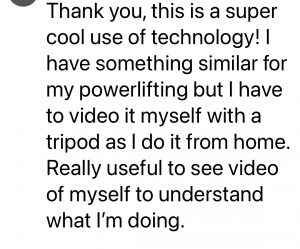
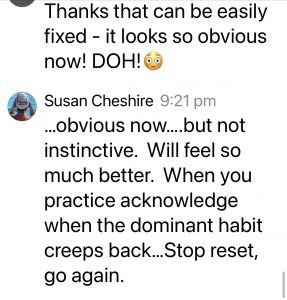
Video as part of your learning offers many benefits, including:
Save Time and See the Difference
Following any lesson video acts as an aide memoire, a reminder for you as you go on to practice. Many swimmers watch their video prior to any practice session between lessons.
Improve Communication. Show Don’t Tell.
Research has found that 65% of the general population are visual learners. Our brains process visual content more easily and according to research around 60,000 times faster than text, needing just milliseconds to understand an image compared to about 60 seconds to read 200-250 words. We learn more quickly by watching.
Objectivity is the key to Good Coaching. Perception vs Reality.
We can be influenced by our personal feelings and interpretations, or our unconscious bias of what we think swimming looks like. What we think we are doing as we swim and what we are actually doing are often very different. Seeing yourself swim helps you to narrow that gap.
